Home>Gardening & Outdoor>Landscaping Ideas>What Is Foxtail Grass
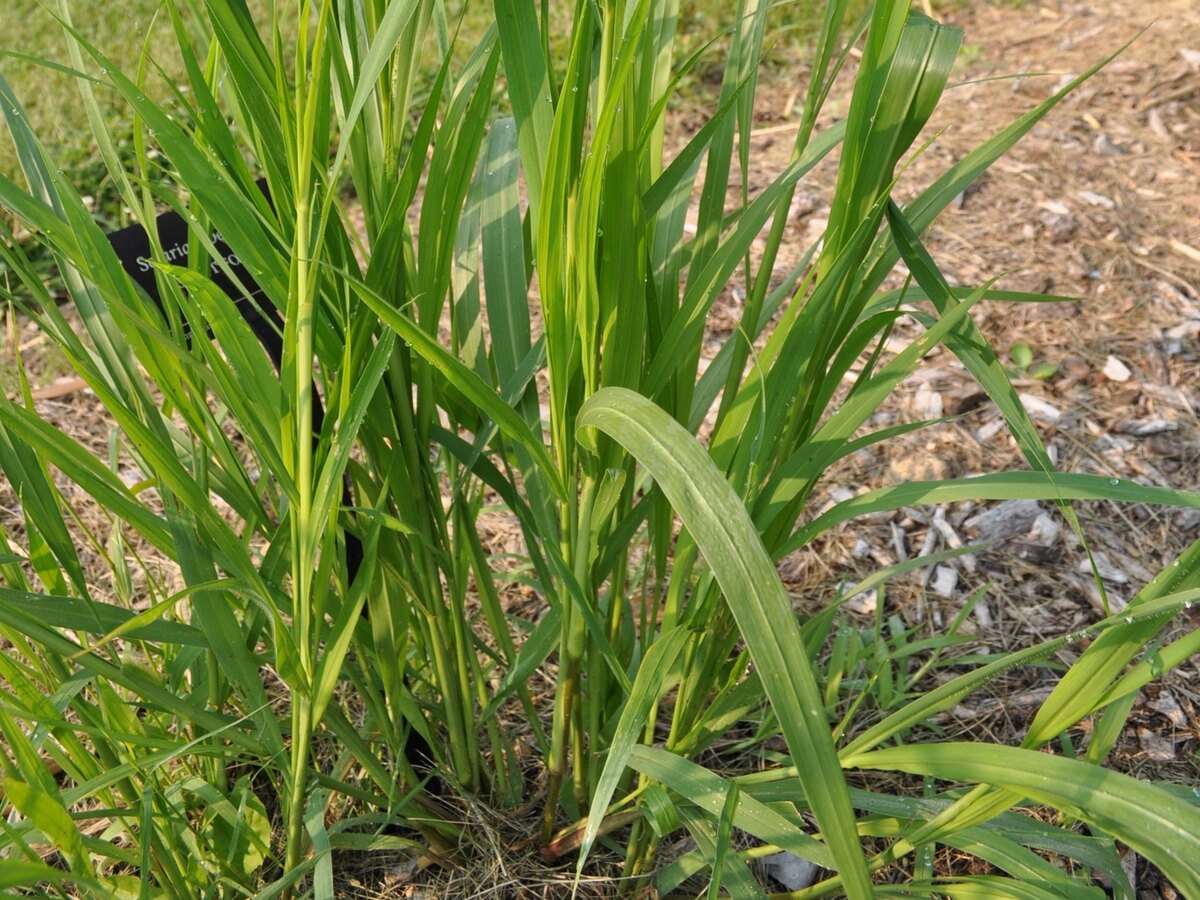

Landscaping Ideas
What Is Foxtail Grass
Modified: April 1, 2024
Discover the best landscaping ideas for dealing with foxtail grass. Learn how to effectively manage and remove this invasive weed from your yard. Ideal for homeowners and gardeners.
(Many of the links in this article redirect to a specific reviewed product. Your purchase of these products through affiliate links helps to generate commission for Storables.com, at no extra cost. Learn more)
Introduction
Foxtail grass, scientifically known as Setaria, is a widespread genus of grasses that belong to the Poaceae family. This resilient and adaptable plant is characterized by its distinctive inflorescence, which resembles a fox's tail, hence its common name. With its feathery, cylindrical flower heads, foxtail grass adds a unique aesthetic appeal to landscapes and natural settings.
As an ornamental grass, foxtail grass has gained popularity among gardeners and landscaping enthusiasts for its graceful appearance and low maintenance requirements. Its versatility allows it to thrive in various climates and soil conditions, making it a desirable choice for both residential and commercial landscaping projects.
Beyond its ornamental value, foxtail grass plays a crucial ecological role in providing habitat and food for various wildlife species. Its dense foliage and seed heads offer shelter and sustenance for birds, insects, and small mammals, contributing to the biodiversity of natural ecosystems.
In addition to its ecological significance, foxtail grass has also been utilized in traditional medicine and as a source of forage for livestock. Its adaptability and resilience make it a valuable resource in agricultural practices, particularly in regions where other forage options may be limited.
Overall, foxtail grass stands as a symbol of resilience and adaptability in the natural world, embodying the beauty of simplicity and the interconnectedness of ecosystems. In the following sections, we will delve deeper into the characteristics, types, habitat, uses, and management of foxtail grass, shedding light on its multifaceted significance in both natural and cultivated environments.
Key Takeaways:
- Foxtail grass, with its graceful appearance and adaptability, serves as a valuable asset in landscaping, providing beauty and habitat for wildlife in diverse environments.
- Effective management of foxtail grass involves cultural, mechanical, and herbicidal control methods, ensuring its ecological contributions while minimizing potential impacts on agricultural and landscaped areas.
Read more: What Is Lemongrass For
Characteristics of Foxtail Grass
Foxtail grass, a resilient and adaptable plant, exhibits a range of distinctive characteristics that contribute to its widespread appeal and ecological significance. One of the most notable features of foxtail grass is its graceful, feathery inflorescence, which resembles a fox's tail, hence its common name. The cylindrical flower heads, varying in color from green to golden brown, create a visually striking display, adding a touch of elegance to landscapes and natural settings.
In terms of size, foxtail grass typically ranges from 1 to 3 feet in height, with some species reaching up to 5 feet under optimal growing conditions. Its slender, upright stems are adorned with linear leaves that form dense clumps, creating a lush and verdant appearance. The foliage of foxtail grass is characterized by its vibrant green hue, which transitions to a warm golden color as the plant matures, enhancing its visual appeal throughout the seasons.
Furthermore, foxtail grass is known for its adaptability to various soil types and climates, thriving in both sunny and partially shaded areas. This resilience makes it a versatile choice for landscaping projects, as it can withstand drought conditions and moderate levels of foot traffic. Its ability to thrive in diverse environments makes it a valuable asset for erosion control and landscaping in challenging terrain.
Another defining characteristic of foxtail grass is its prolific seed production, which contributes to its resilience and ability to colonize open spaces. The seeds are enclosed within the distinctive bristly spikelets, which are dispersed by wind, animals, or human activity, facilitating the plant's natural propagation and colonization of new habitats.
In summary, the characteristics of foxtail grass, including its graceful inflorescence, adaptable nature, vibrant foliage, and prolific seed production, collectively contribute to its appeal as an ornamental grass and its ecological significance in natural ecosystems. Its ability to thrive in diverse conditions and provide habitat and sustenance for wildlife underscores its value as a resilient and multifaceted plant species.
Types of Foxtail Grass
Green Foxtail (Setaria viridis)
Green foxtail, scientifically known as Setaria viridis, is a prevalent species of foxtail grass characterized by its vibrant green foliage and cylindrical flower heads. This annual grass species typically reaches heights of 1 to 3 feet and thrives in a variety of habitats, including open fields, roadsides, and disturbed areas. Its adaptability to different soil types and climates makes it a resilient and versatile choice for landscaping and ecological restoration projects. Green foxtail's prolific seed production and rapid growth contribute to its ability to colonize open spaces and provide habitat for wildlife.
Yellow Foxtail (Setaria pumila)
Yellow foxtail, or Setaria pumila, is another notable species within the foxtail grass genus. This annual grass species is distinguished by its golden yellow flower heads and slender, upright growth habit. With a similar height range of 1 to 3 feet, yellow foxtail thrives in sunny to partially shaded areas, making it a suitable option for landscaping in diverse environments. Its adaptability to various soil conditions and moderate tolerance to drought further enhance its appeal for landscaping and erosion control purposes. Yellow foxtail's ability to provide food and shelter for wildlife adds to its ecological significance in natural ecosystems.
Read more: What Is Wheatgrass For
Bristly Foxtail (Setaria verticillata)
Bristly foxtail, scientifically referred to as Setaria verticillata, is a perennial species of foxtail grass known for its robust growth and distinctive bristly spikelets. This species can reach heights of up to 5 feet, creating a striking visual presence in landscapes and natural settings. Bristly foxtail thrives in moist, open areas and is often found in wetlands, meadows, and along waterways. Its dense foliage and prolific seed production contribute to its role in providing habitat for various wildlife species, making it a valuable component of wetland restoration and conservation efforts.
Foxtail Millet (Setaria italica)
Foxtail millet, or Setaria italica, represents a cultivated variety of foxtail grass that holds agricultural significance. This annual grass species is cultivated for its nutritious seeds, which are used as a staple food in various regions around the world. Foxtail millet is characterized by its compact, erect growth habit and dense seed heads, which are harvested for human consumption and as a source of forage for livestock. Its adaptability to arid and semi-arid climates makes it a valuable crop for regions with limited water resources, contributing to food security and agricultural sustainability.
In summary, the diverse types of foxtail grass, including green foxtail, yellow foxtail, bristly foxtail, and foxtail millet, collectively showcase the adaptability, ecological significance, and agricultural value of this resilient genus. Each species contributes to the visual appeal of landscapes, provides habitat for wildlife, and serves various practical purposes, highlighting the multifaceted nature of foxtail grass in both natural and cultivated environments.
Habitat and Distribution
Foxtail grass, encompassing various species within the Setaria genus, exhibits a remarkable adaptability to diverse habitats and displays a wide distribution across different regions of the world. These resilient grasses can be found in a range of ecosystems, including grasslands, meadows, wetlands, disturbed areas, and agricultural landscapes. Their ability to thrive in both natural and human-altered environments underscores their ecological significance and practical value in various settings.
In terms of habitat, foxtail grass species demonstrate a preference for open, sunny areas with well-drained soil. They are commonly observed in fields, along roadsides, and in disturbed areas, where their rapid growth and prolific seed production enable them to colonize open spaces and contribute to the natural regeneration of vegetation. Additionally, certain species, such as bristly foxtail (Setaria verticillata), exhibit an affinity for moist habitats, including wetlands, marshes, and riparian zones, where they play a crucial role in stabilizing soil and providing habitat for wetland wildlife.
The distribution of foxtail grass extends across diverse geographical regions, including North America, Europe, Asia, Africa, and Australia. This widespread presence highlights the adaptability of foxtail grass to varying climatic conditions and soil types. In North America, green foxtail (Setaria viridis) and yellow foxtail (Setaria pumila) are commonly encountered in agricultural fields, pastures, and natural grasslands, where they serve as both beneficial forage and troublesome weeds, depending on the context of their growth.
In agricultural landscapes, foxtail grass species can be both a valuable source of forage for livestock and a challenging weed that competes with cultivated crops for resources. Their ability to thrive in diverse agricultural settings underscores the need for effective management strategies to balance their ecological contributions with their potential impact on crop productivity.
Overall, the habitat and distribution of foxtail grass reflect its adaptability, ecological significance, and practical implications in various ecosystems. Its widespread presence in natural and cultivated landscapes underscores its multifaceted role as an ornamental plant, wildlife habitat provider, forage resource, and ecological contributor, shaping the dynamics of diverse habitats around the world.
Importance and Uses
Foxtail grass, encompassing various species within the Setaria genus, holds significant importance and serves a multitude of practical uses in both natural ecosystems and human-influenced environments. Its diverse range of applications underscores its value as a resilient and multifaceted plant species.
Read more: What Is The Grass
Ecological Significance
Foxtail grass plays a crucial role in supporting biodiversity and ecological balance within natural ecosystems. Its dense foliage and prolific seed production provide habitat and sustenance for various wildlife species, including birds, insects, and small mammals. The grass's ability to colonize open spaces and stabilize soil contributes to the natural regeneration of vegetation in disturbed areas, fostering ecological resilience and promoting the establishment of diverse plant communities. Additionally, certain species of foxtail grass, such as bristly foxtail (Setaria verticillata), are particularly valuable in wetland habitats, where they aid in soil stabilization, erosion control, and the provision of habitat for wetland wildlife.
Ornamental Landscaping
Foxtail grass has gained popularity as an ornamental plant in landscaping and garden design. Its graceful, feathery inflorescence and vibrant foliage add visual interest and texture to landscapes, creating a sense of movement and elegance. Whether used as a focal point in garden beds, as a border plant, or in mass plantings, foxtail grass enhances the aesthetic appeal of outdoor spaces. Its adaptability to various soil types and climates makes it a versatile choice for landscaping projects, offering a low-maintenance and visually striking option for both residential and commercial settings.
Agricultural Uses
Certain species of foxtail grass, such as foxtail millet (Setaria italica), hold agricultural significance as a valuable crop. The nutritious seeds of foxtail millet are utilized as a staple food in various regions around the world, contributing to food security and agricultural sustainability. Additionally, foxtail millet serves as a source of forage for livestock, providing a nutritious and resilient feed option for grazing animals in regions with limited forage resources. Its adaptability to arid and semi-arid climates makes it a valuable asset for agricultural production in challenging environments, supporting livelihoods and contributing to food production.
Erosion Control and Restoration
Foxtail grass species are utilized in erosion control and ecological restoration efforts due to their ability to stabilize soil and prevent erosion. Their dense root systems and prolific growth enable them to effectively bind soil particles, reducing the risk of soil erosion in vulnerable areas. By establishing vegetation cover and promoting soil stability, foxtail grass contributes to the restoration of degraded landscapes, including disturbed sites, slopes, and areas impacted by human activities. This restoration capacity underscores the plant's role in enhancing environmental resilience and promoting the recovery of ecosystems.
In summary, the importance and uses of foxtail grass encompass its ecological significance, ornamental value in landscaping, agricultural uses, and contributions to erosion control and ecological restoration. This multifaceted plant species embodies resilience and adaptability, serving as a valuable asset in diverse natural and cultivated environments.
Read more: What Is Ryegrass
Control and Management of Foxtail Grass
Effective control and management of foxtail grass is essential to balance its ecological contributions with its potential impact on agricultural productivity and landscaping aesthetics. Given its resilient nature and prolific seed production, implementing strategic approaches to mitigate its spread and maintain its presence within manageable limits is crucial.
Cultural Practices
Cultural practices play a significant role in managing foxtail grass in agricultural and landscaping settings. Regular mowing and trimming can help prevent the formation of seed heads, reducing the plant's reproductive capacity and limiting its spread. Additionally, promoting healthy competition through proper fertilization and irrigation of desired vegetation can suppress the growth of foxtail grass, minimizing its dominance in cultivated areas.
Mechanical Control
Mechanical methods, such as hand-pulling and hoeing, can be employed to manage localized infestations of foxtail grass. This approach is particularly effective in smaller garden beds and landscaped areas, where manual removal can target individual plants without the use of herbicides. For larger infestations, mechanical cultivation and tilling can disrupt the growth of foxtail grass and facilitate the establishment of desired vegetation, helping to restore balance in affected areas.
Herbicidal Control
Selective herbicides can be utilized to target foxtail grass while preserving the integrity of desired plant species. Pre-emergent herbicides, applied before the germination of foxtail grass seeds, can prevent the establishment of new plants, while post-emergent herbicides can effectively target actively growing foxtail grass. Careful consideration of herbicide selection and application timing is essential to minimize the impact on non-target vegetation and promote sustainable control of foxtail grass.
Read more: What Is Quackgrass
Integrated Management
Integrated pest management (IPM) strategies offer a holistic approach to foxtail grass control, integrating cultural, mechanical, and chemical methods to achieve sustainable management outcomes. By combining multiple control tactics and emphasizing preventive measures, such as promoting healthy soil and vegetation, IPM fosters long-term resilience and minimizes the reliance on single control methods, contributing to the overall health and balance of ecosystems and cultivated landscapes.
Monitoring and Adaptation
Regular monitoring of foxtail grass populations and their response to control measures is essential for informed decision-making and adaptive management. By assessing the effectiveness of control tactics and adjusting strategies based on observed outcomes, land managers and gardeners can optimize their approach to foxtail grass management, ensuring sustainable control and minimizing the risk of unintended ecological consequences.
In summary, the control and management of foxtail grass require a multifaceted approach that integrates cultural, mechanical, and chemical control methods within the framework of integrated pest management. By implementing strategic tactics and adapting management practices based on monitoring and assessment, it is possible to achieve effective control of foxtail grass while maintaining the ecological balance and aesthetic integrity of diverse landscapes and ecosystems.
Frequently Asked Questions about What Is Foxtail Grass
Was this page helpful?
At Storables.com, we guarantee accurate and reliable information. Our content, validated by Expert Board Contributors, is crafted following stringent Editorial Policies. We're committed to providing you with well-researched, expert-backed insights for all your informational needs.
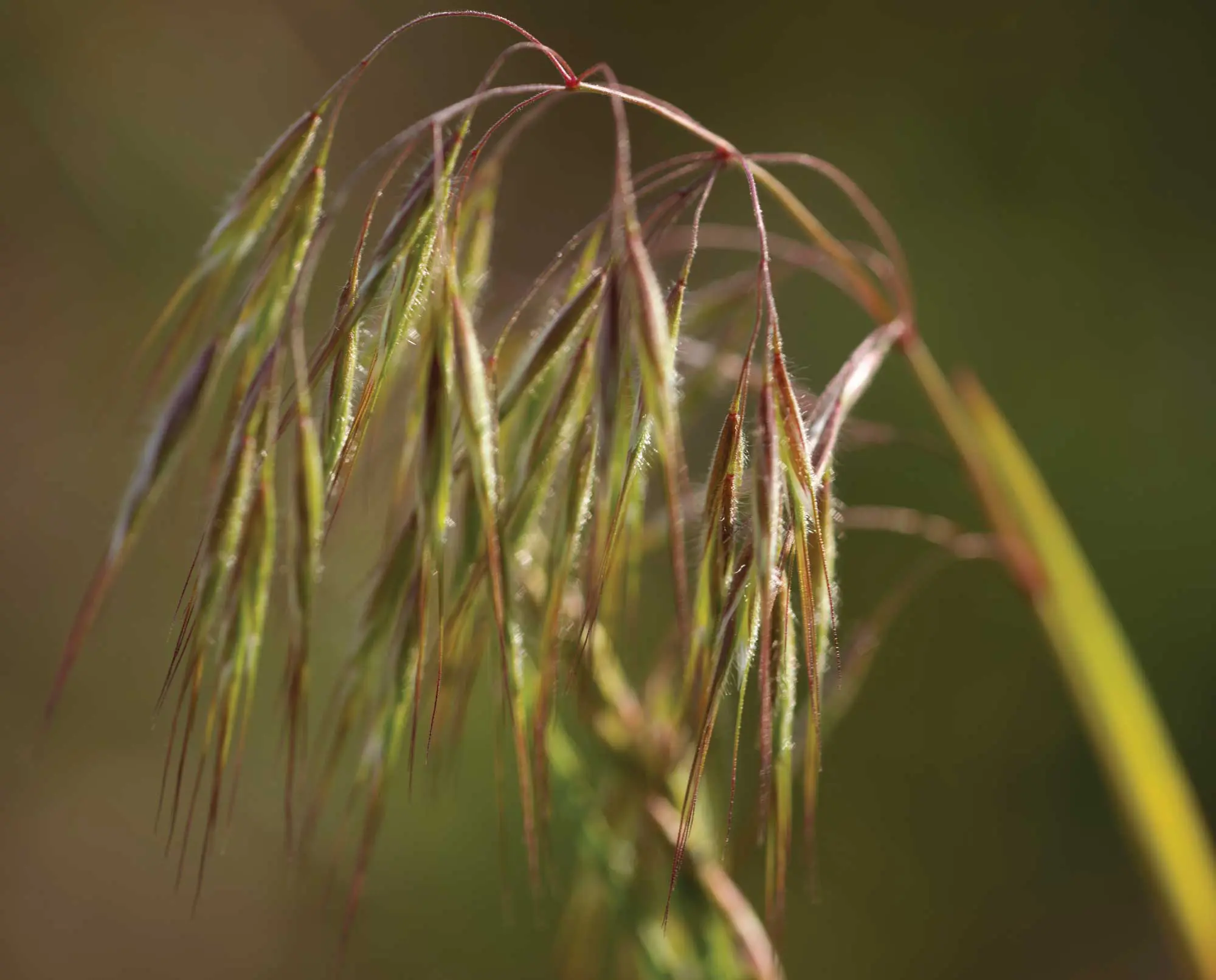
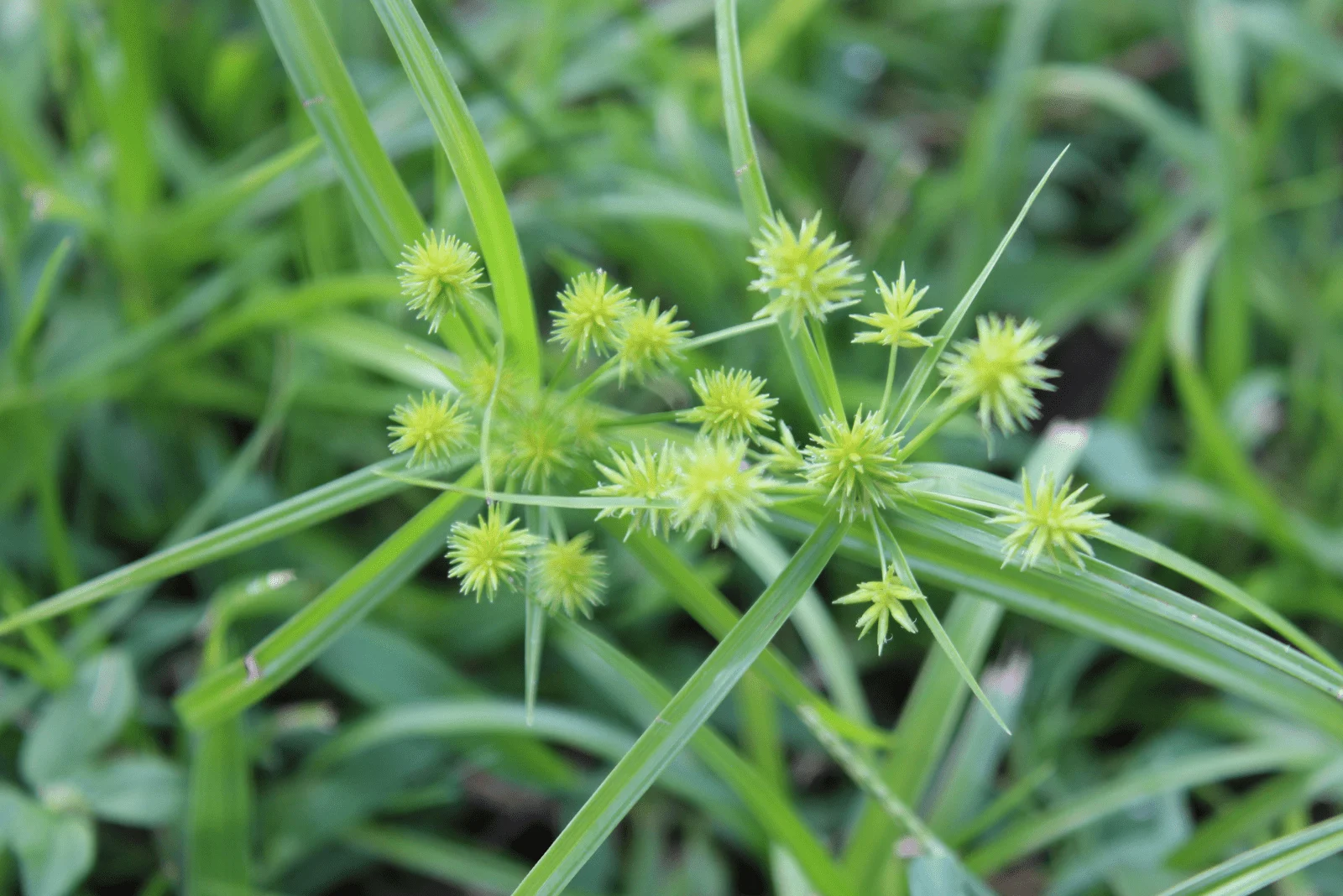
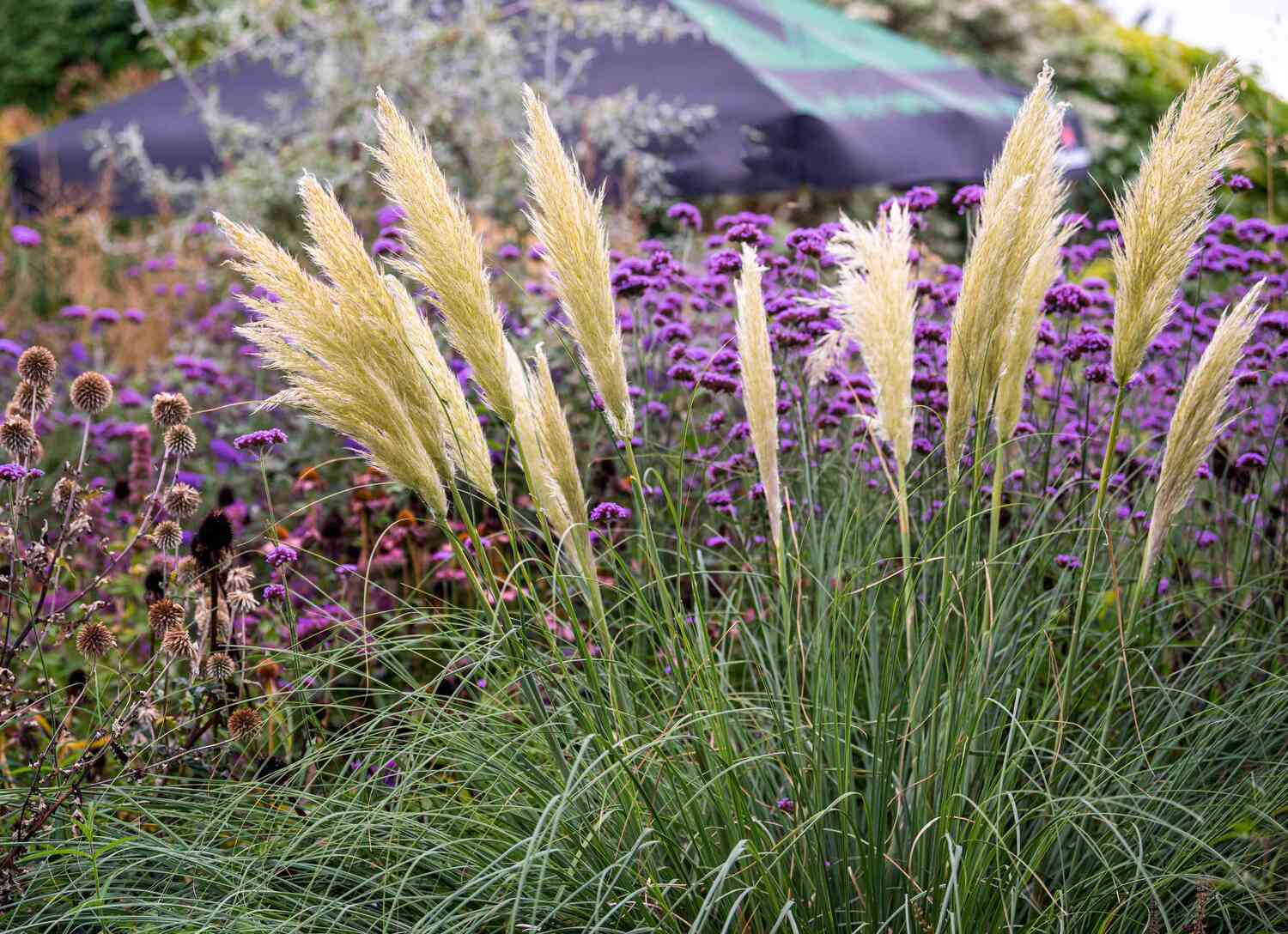
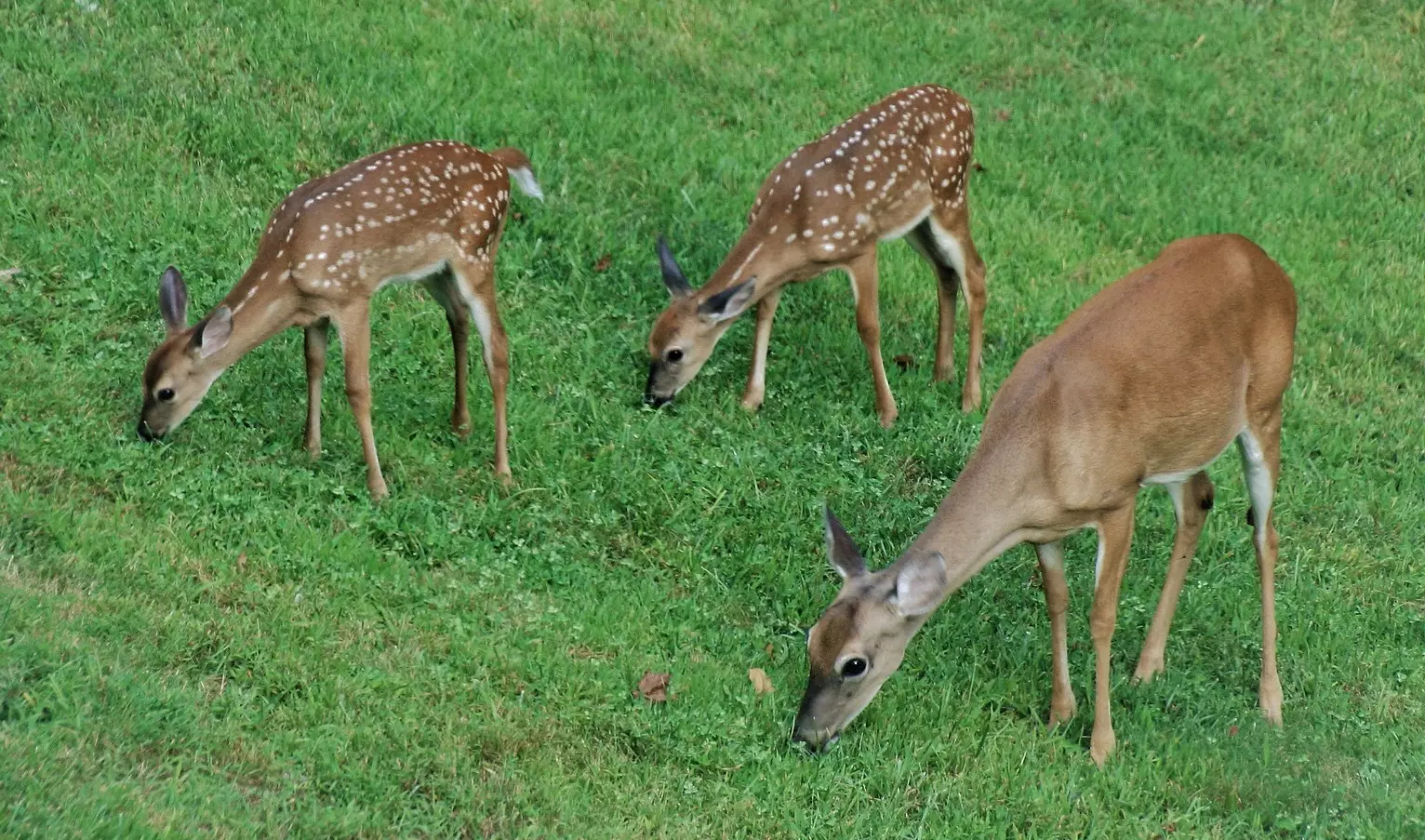
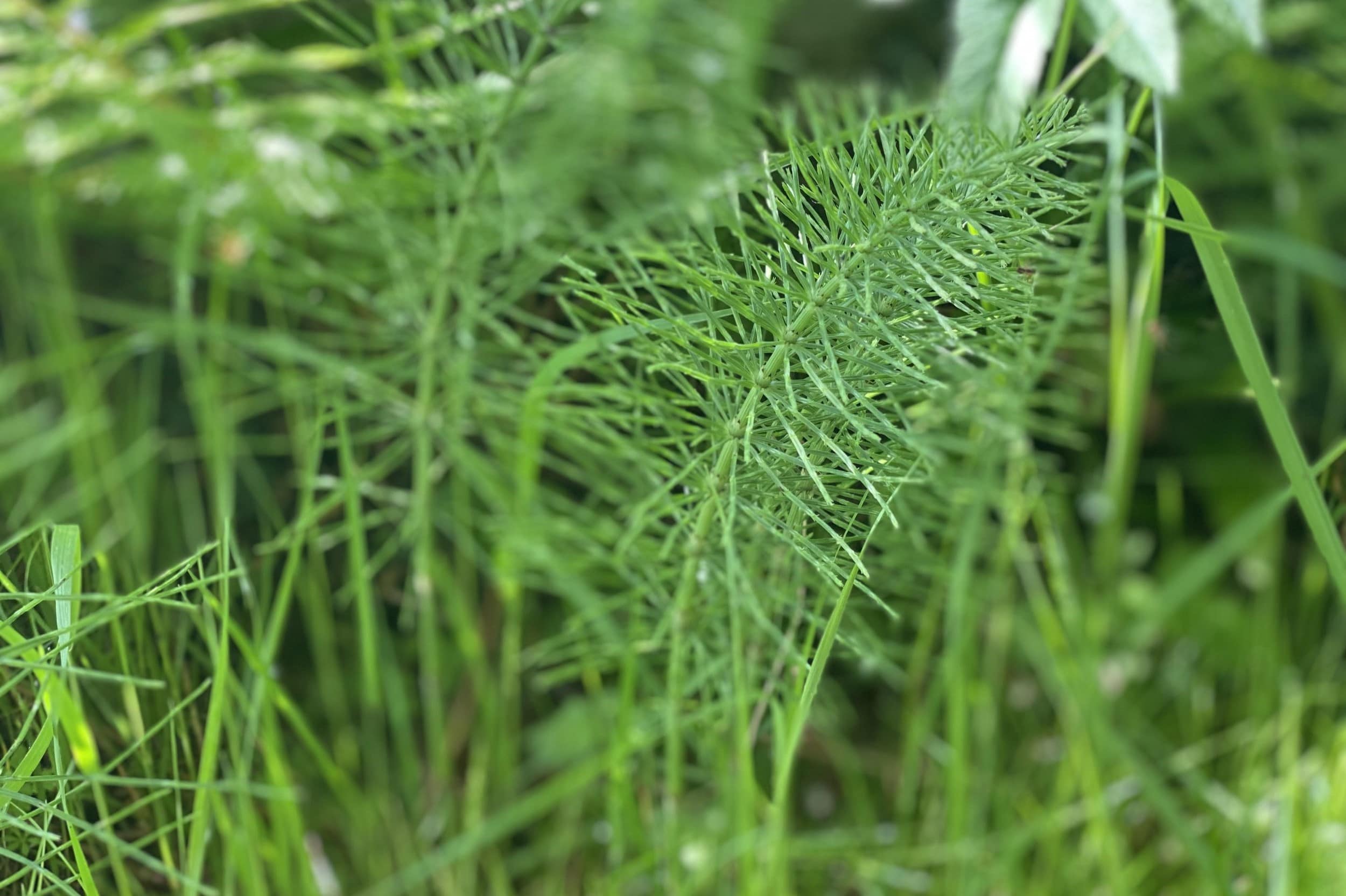
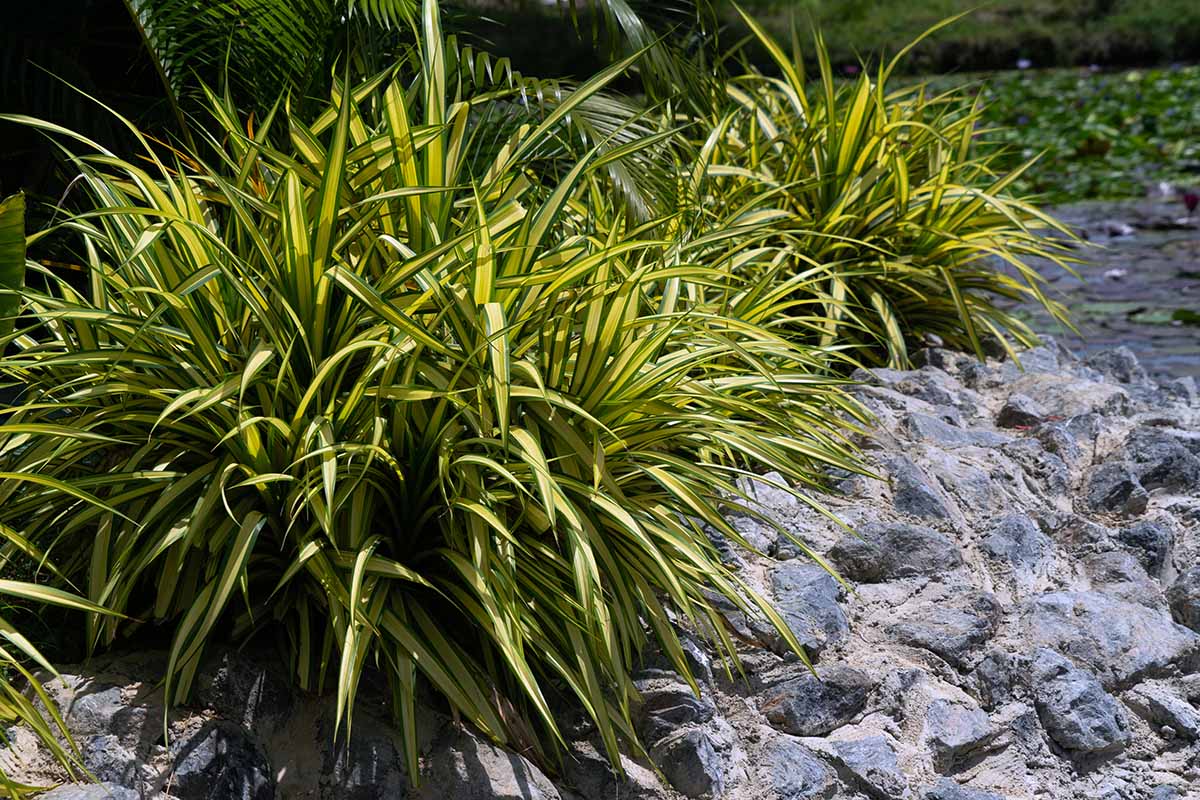
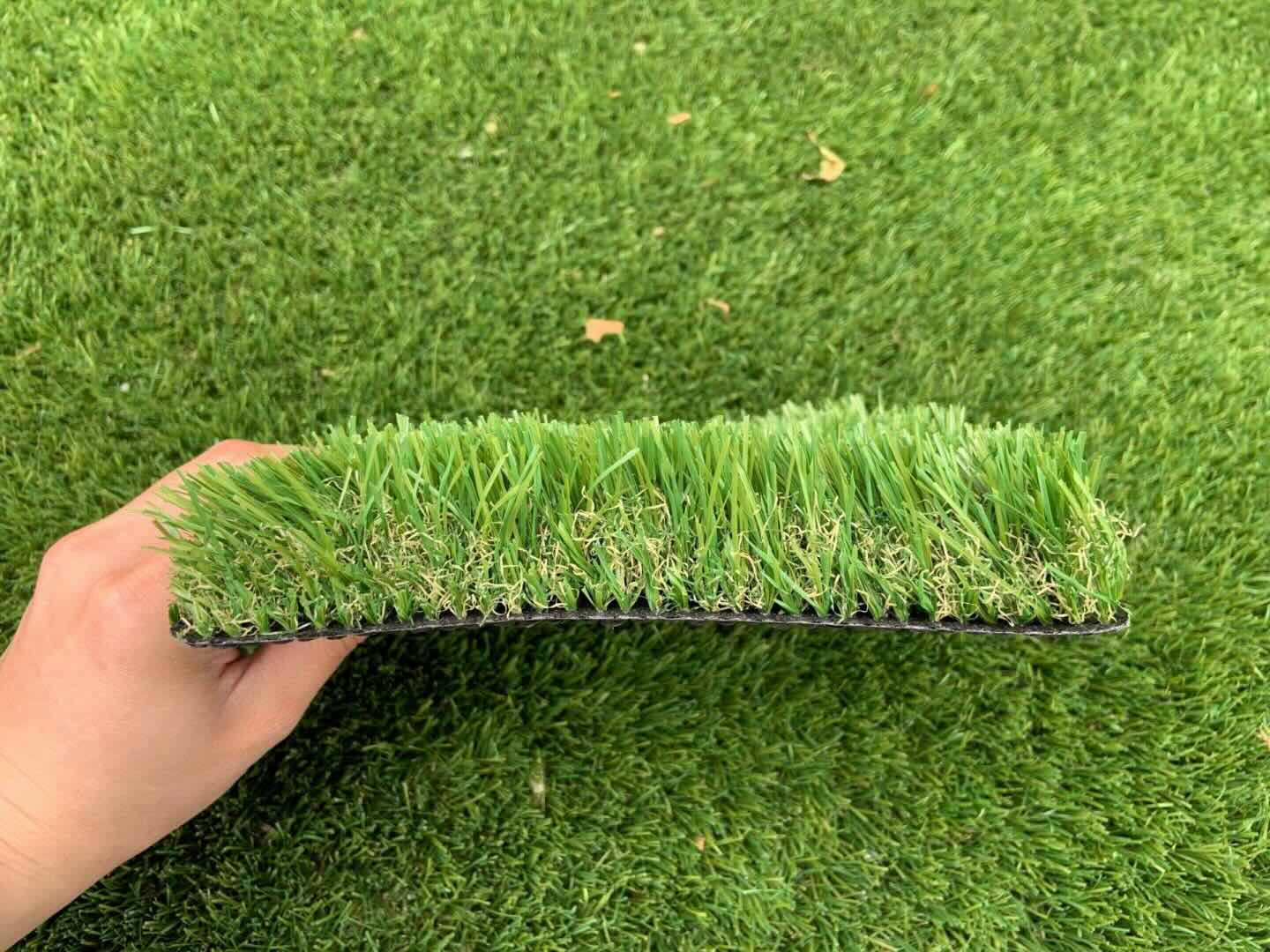
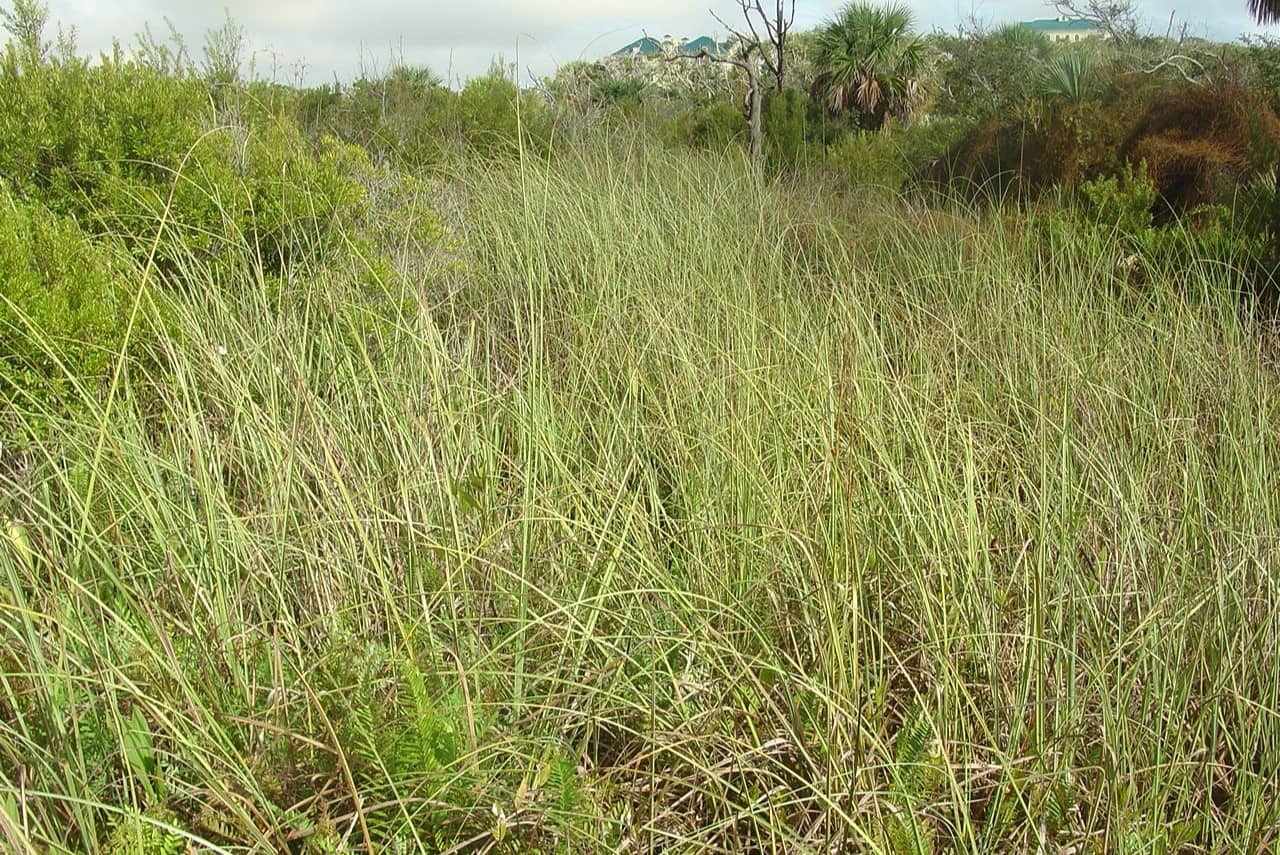
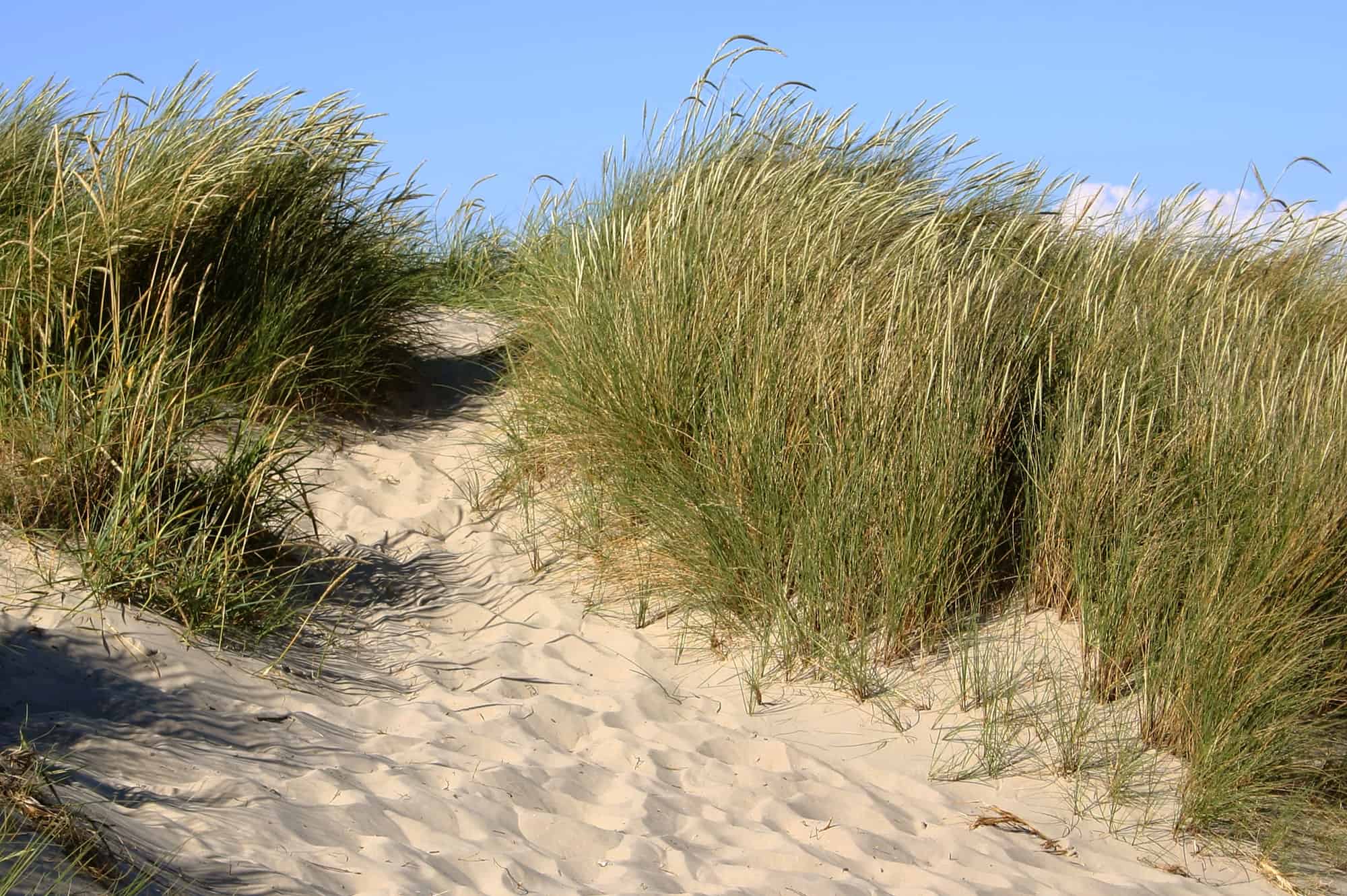
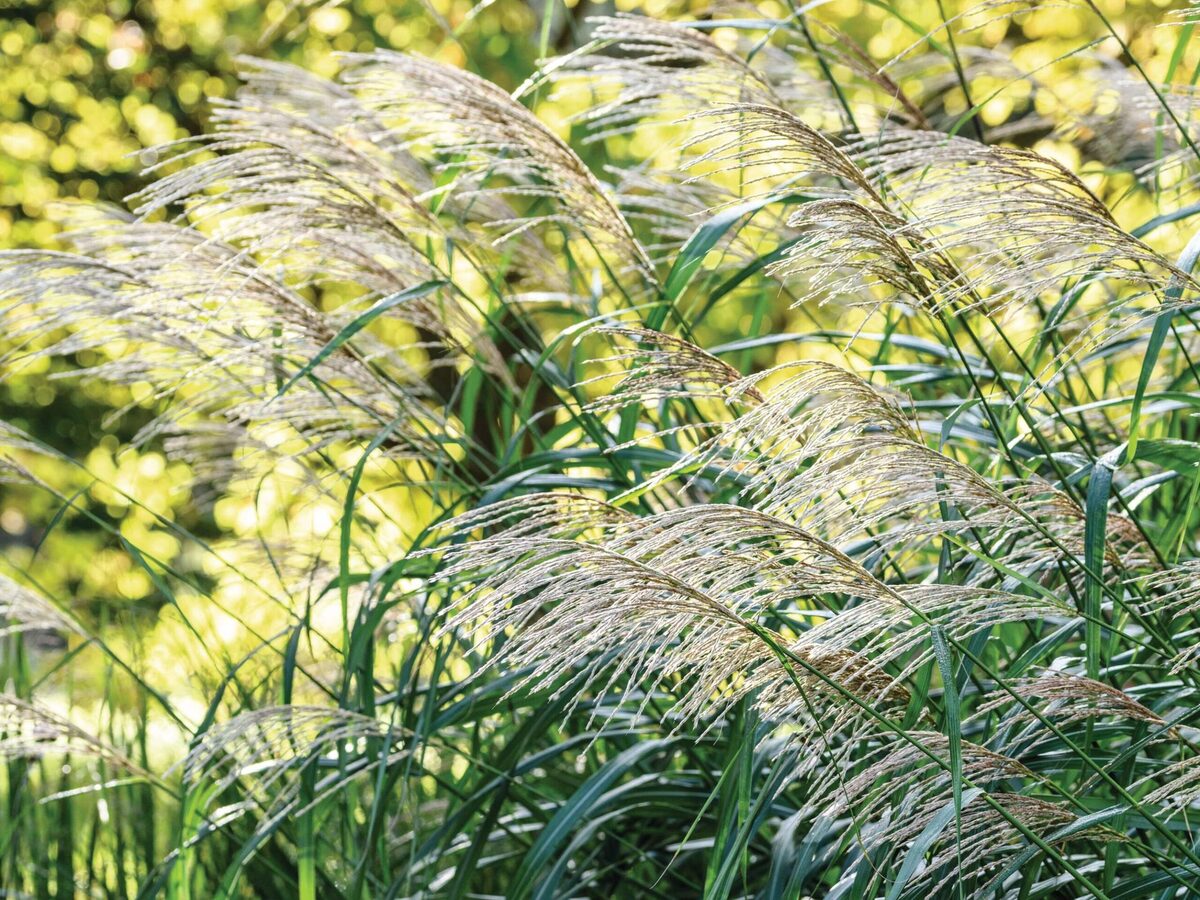
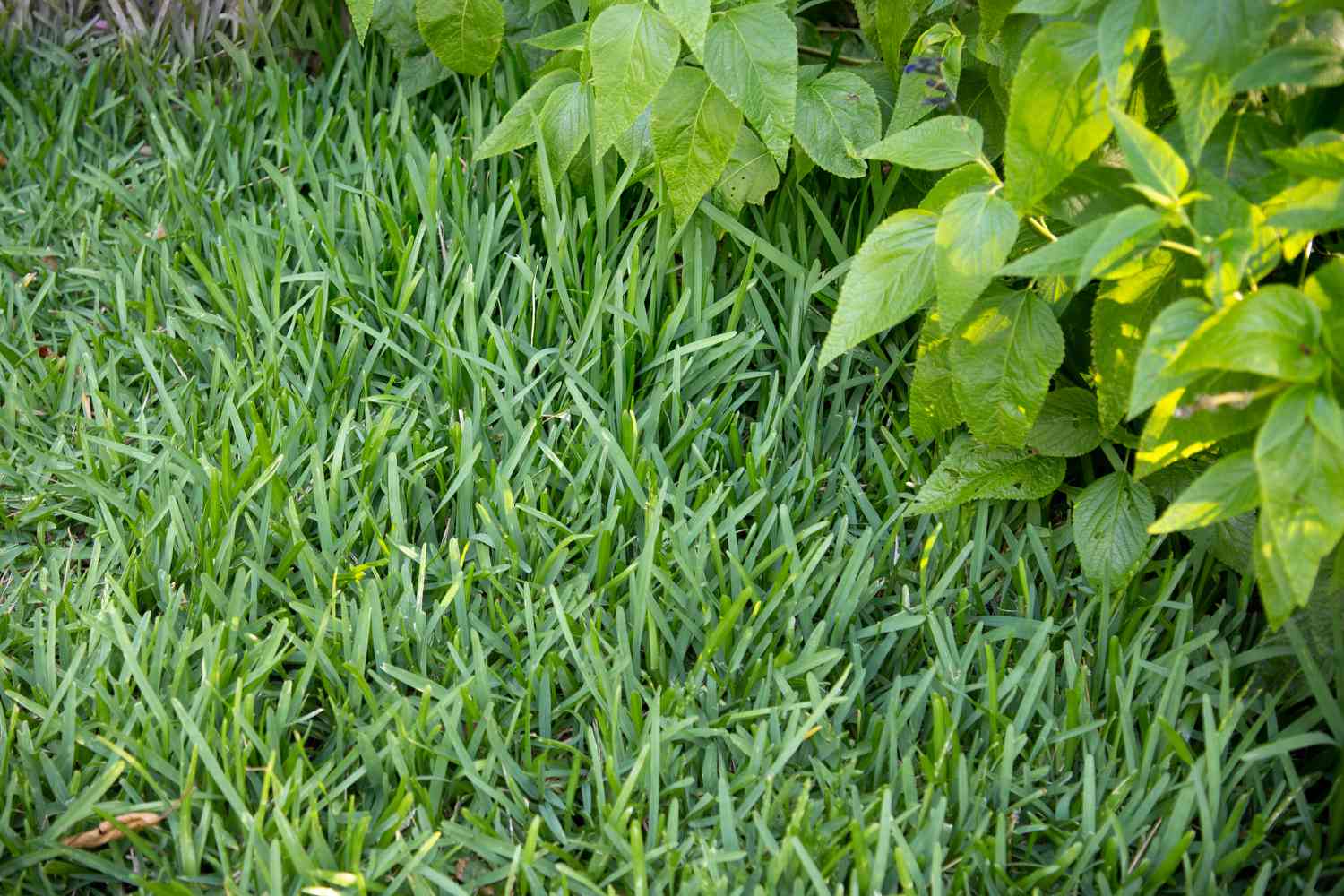

0 thoughts on “What Is Foxtail Grass”